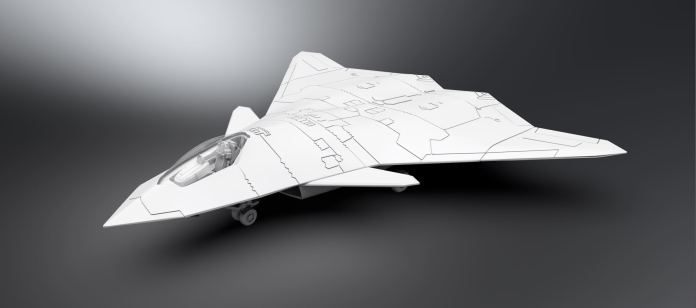
“Nothing in the Joint Force demonstrates combat power from the sea quite like a Carrier Strike Group,” Admiral Daryl Caudle informed legislators recently, highlighting the pressure behind the U.S. Navy’s F/A‑XX program. That pressure is running head-to-head with political resistance, industrial constraints, and a competitive strategy with the Air Force’s F‑47 yet the technical vision for the Navy’s future fighter is starting to emerge.

1. A Stealth-Centric Design Language
Northrop Grumman’s just-revealed concept artwork provides the sharpest view to date of its F/A‑XX offering. The illustration features a slender, highly shadowed forward fuselage with a distinctive chine merging body and wing, a characteristic of stealthy low-observable shaping. A large bubble canopy, seemingly for a single pilot leads forward of a top-mounted, low‑observable air intake located just aft of the cockpit. Although inlet geometry is one of the most sensitive domains of stealth design, the illustration suggests an over‑the‑shoulder layout to protect engine faces from radar exposure. The smooth, rounded belly of the fuselage indicates large internal capacity for fuel and ordnance, essential to the long-range strike profiles anticipated in the Indo‑Pacific.
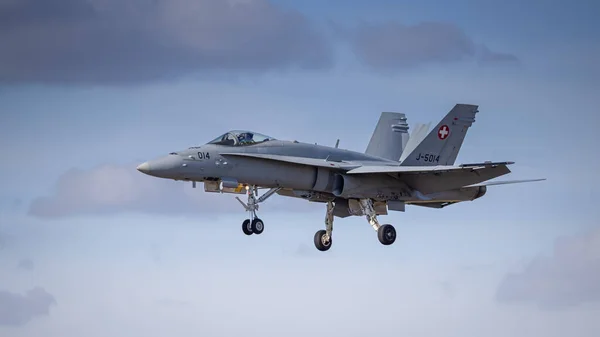
2. Carrier-Optimized Structural Engineering
The design features heavy-duty twin-wheel nose gear and strengthened main landing gear structure requirements for catapult launches and arrested recoveries. These have to withstand repeated high‑g load impacts and saltwater corrosion and therefore need specially alloyed and surface-protected components. Landing gear geometry also affects stealth, and with careful integration, the radar reflections from gear doors and bays have to be minimized.

3. YF‑23 Heritage and Aerodynamic Choices
Commentators have likened the F/A‑XX’s lines to Northrop’s 1980s stealth demonstrator YF‑23 “Black Widow II,” praised for its low cross-section and high velocity. The F/A‑XX’s truncated view makes its tail configuration ambiguous, yet a tailless planform if it is chosen would minimize broadband radar returns and maximize cruise efficiency. The compromise, as with the YF‑23, is diminished low‑speed maneuverability, something acceptable for a platform that values “first‑look, first‑shot”over dogfighting.

4. Sixth-Generation Systems Architecture
The Navy’s NGAD Family of Systems makes the F/A‑XX the “quarterback” for manned‑unmanned teaming. It is to be integrated with artificial intelligence for sensor fusion, threat prioritization, and cooperative control of unmanned wingmen like the MQ‑25 Stingray. Navy analysis requires 25% range growth over today’s fighters, advanced passive and active sensors, and interoperability with long‑range precision weapons under development. This data‑centric architecture requires high‑bandwidth, low‑probability‑of‑intercept communications and robust cyber‑hardening.

5. Political and Industrial Crosscurrents
Its future is in a budgeting battle with the Air Force F‑47. The Pentagon’s FY2026 request called for only $74 million for F/A‑XX sufficient for early development while the Navy’s Unfunded Priority List requested $1.4 billion to award the contract to industry. The White House has cited “industrial base concerns of two sixth-generation programs occurring simultaneously” and threatened to hold up F/A‑XX today for fear of holding back the F‑47. Boeing, already building the F‑47, insists the industrial base can “absolutely” handle both.
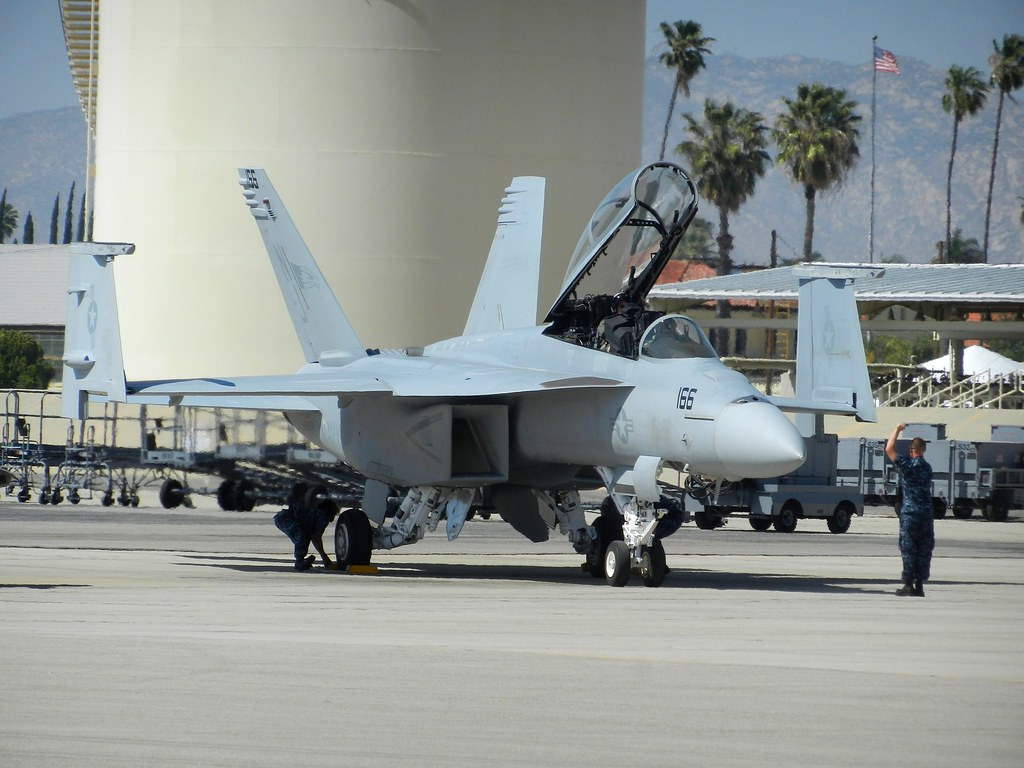
6. Congressional Pushback and Strategic Stakes
Both the House and Senate Appropriations Committees have advanced legislation to reinstate F/A‑XX funding, with the Senate bill carrying the full $1.4 billion the Navy requested. Caudle has cautioned that without a prompt replacement for the F/A‑18E/F and EA‑18G, the Navy will have to retrofit fourth-generation planes and purchase additional fifth-generation F‑35Cs compromising on inferiority against Chinese sixth‑generation aircraft already in flight testing.

7. Engineering for the Indo-Pacific Battlespace
Increased range, higher persistence, and deep‑strike will not be theoretical specifications they are adapted to the immense distances of the Pacific war zone. Chinese prototype designs, like the tailless Chengdu three‑engine configuration, portend an emphasis on long reach and massive payloads. The F/A‑XX will have to equal or surpass these values with the structural toughness to operate from carriers. That entails high fuel fraction, supersonic cruise efficiency, and internal bays sized for next‑generation standoff weapons.
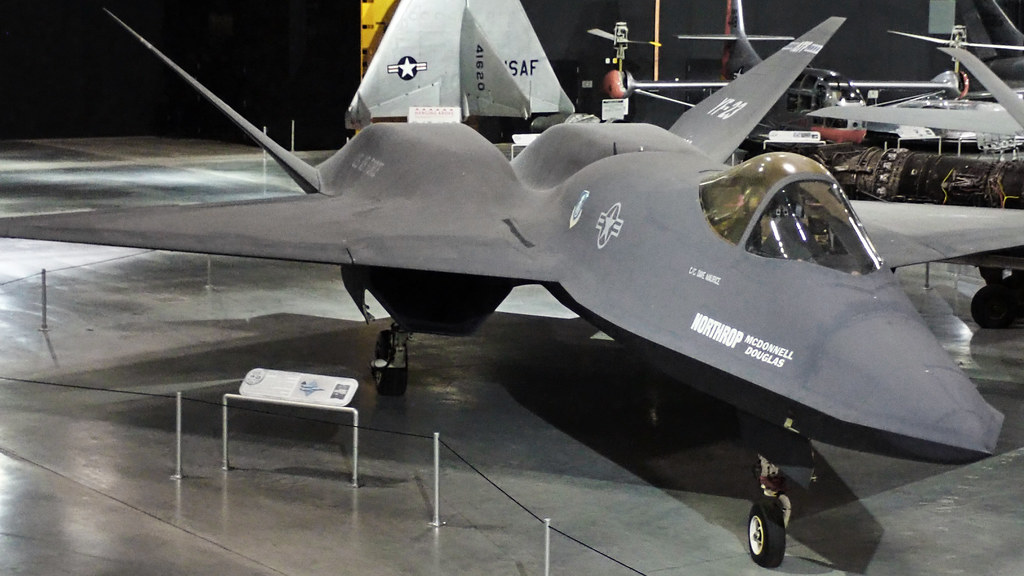
8. YF‑23’s Lessons
Experts find the YF‑23’s fate echoed in the F/A‑XX’s political danger. In 1991, the Air Force selected the less stealthy but more maneuverable YF‑22 instead of the YF‑23 on grounds of industrial and budgetary considerations. The danger today is that better naval air combat technology again might get bypassed by institutional interests. As one defense analyst put it, “If Northrop Grumman is left out in the cold once again, it will be not in spite of its superior technology, but because of those other factors.”
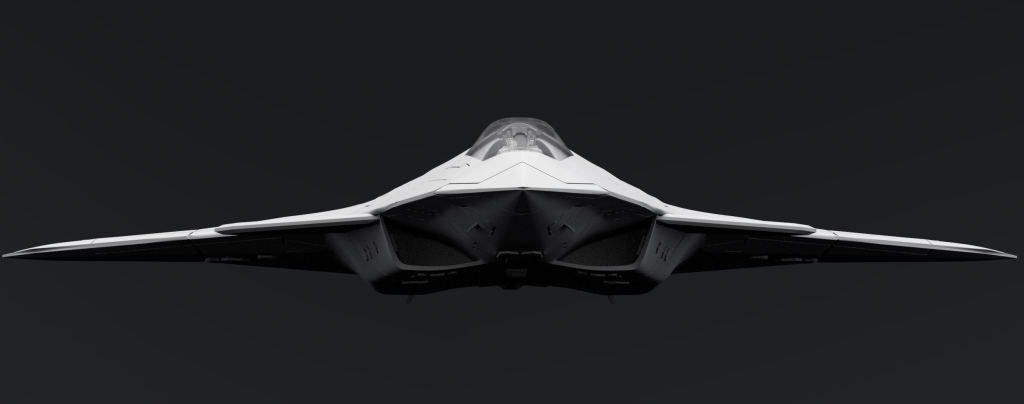
The F/A‑XX engineering vision is well defined: a carrier‑hardened, AI‑powered, stealth‑optimized strike fighter that can dominate the Indo‑Pacific’s huge and contested airspaces. Whether the vision makes it through the political wringer will decide if the Navy’s next air wing will prevail in the 2030s or battle with yesterday’s weapons against tomorrow’s dangers.
